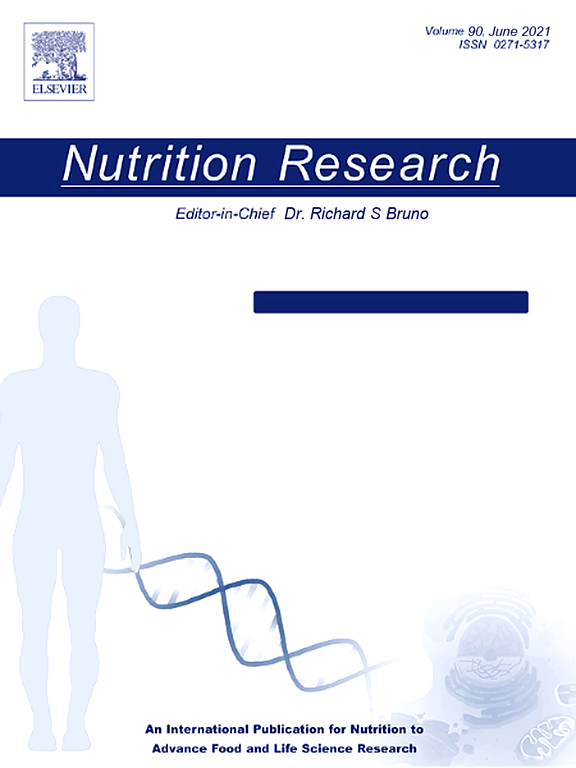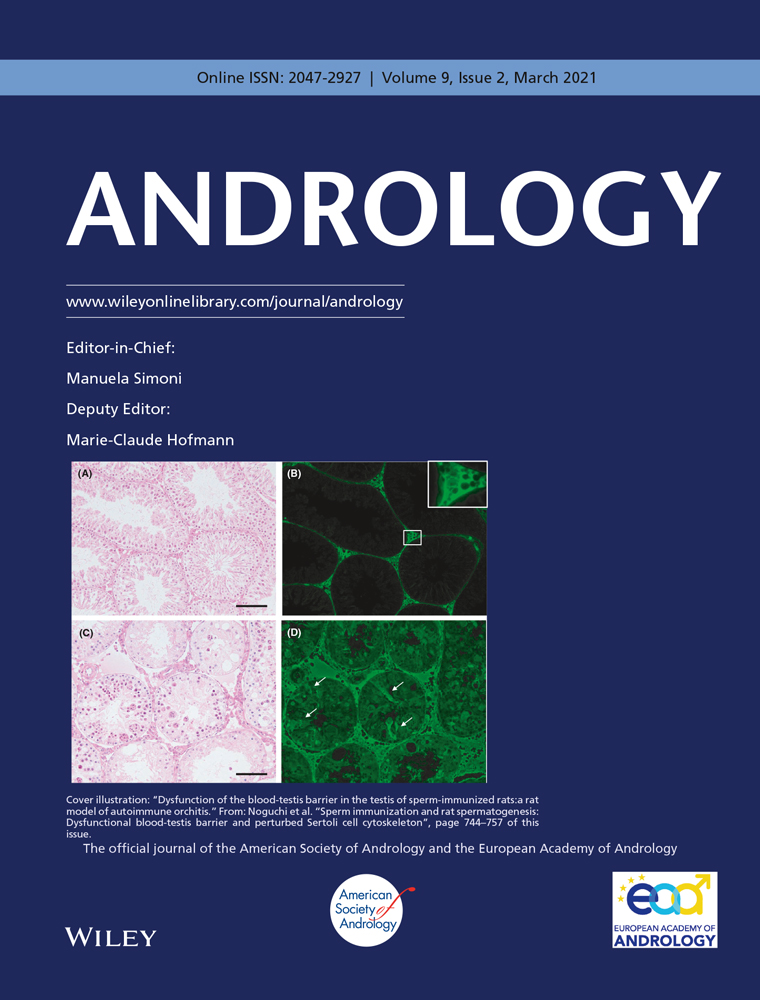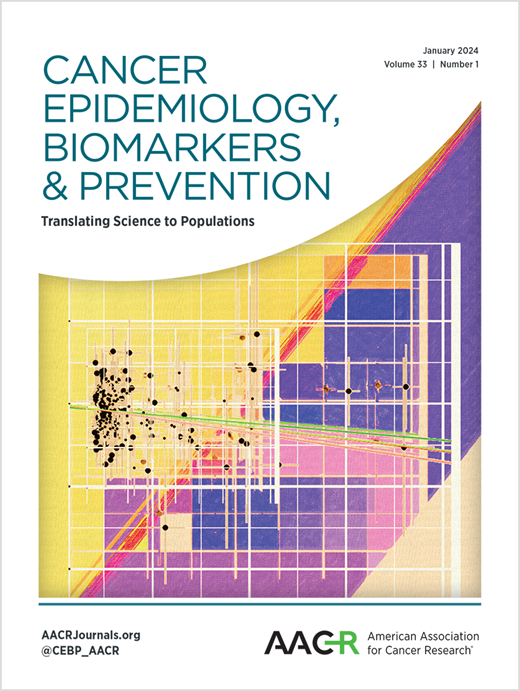Tree Nut
How to submit an article:
- Registered users can submit any published journal article that has a unique DOI (Digital Object Identifier) name or link to Research Hub.
- For example, you can paste the full DOI link:
https://doi.org/10.1109/5.771073or just the DOI name:10.1109/5.771073into the field above and click submit. - The person who is first to submit a valid article to Research Hub will forever be credited for it, and every article submission earns you +6 Research Points.
Published research studies are articles that present the findings of original research that has undergone a peer-review process and has been made publicly available in scholarly journals, books or other media.

Tree nut consumption is associated with a lower risk of hyperestrogenism in men
2022 Feb Nutrition Research Wang Y, Fang Y
Cohort Study Hyperoestrogenism Tree Nuts Tree Nut Hyperestrogenism Men's Health TestosteroneTree nut consumption is inversely associated with the prevalence of hyperestrogenism and circulating estradiol levels in men.

Tree nut consumption is associated with higher sex hormone-binding globulin levels in premenopausal US women
2021 Sep Nutrition Research Wang Y
Cohort Study Tree Nut Sex Hormone-binding Globulin PremenopausalThe consumption of tree nuts is associated with increased levels of sex hormone-binding globulin in premenopausal women.

Sperm DNA methylation changes after short‐term nut supplementation in healthy men consuming a Western‐style diet
2020 Nov 03 Andrology Salas‐Huetos A, James ER, Salas‐Salvadó J, Bulló M, Aston KI, Carrell DT, et al.
Randomised Controlled Trial Sperm Quality Hazelnut WalnutIncorporating tree nuts into a Western-style diet subtly modifies specific DNA methylation regions within sperm, thereby showing parts of the sperm epigenome can respond to dietary changes.

Nut Consumption and Risk of Cancer: A Meta-analysis of Prospective Studies
2020 Mar 01 Cancer Epidemiology, Biomarkers & Prevention Long J, Ji Z, Yuan P, Long T, Liu K, Li J, et al.
The analysis, including 33 prospective studies with over 50,000 cancer cases, revealed a significant inverse association between high nut consumption and the overall risk of cancer (RR = 0.90; 95% CI, 0.85–0.95). The protective effect of nut consumption was particularly notable against cancers of the digestive system (RR = 0.83; 95% CI, 0.77–0.89). Among different nut classes, a significant association was observed only for tree nut intake. The study also found a linear dose–response relationship, indicating that each 20 g/day increase in nut consumption was associated with a 10% decrease in cancer risk (RR = 0.90; 95% CI, 0.82–0.99).
Meta-Analysis Nuts CancerResearch insights are moderated by the Research Hub team and offer an at-a-glance overview of interesting research findings.

2022 Nutrition Research
Tree nut consumption is inversely associated with the prevalence of hyperestrogenism and circulating estradiol levels in men.
Cohort Study Hyperestrogenism Hyperoestrogenism Men's Health Testosterone Tree Nuts
Tree nut consumption is associated with a lower risk of hyperestrogenism in men
Wang Y, Fang Y

2021 Nutrition Research
The consumption of tree nuts is associated with increased levels of sex hormone-binding globulin in premenopausal women.
Cohort Study Premenopausal Sex Hormone-binding Globulin
Tree nut consumption is associated with higher sex hormone-binding globulin levels in premenopausal US women
Wang Y

2020 Andrology
Incorporating tree nuts into a Western-style diet subtly modifies specific DNA methylation regions within sperm, thereby showing parts of the sperm epigenome can respond to dietary changes.
Randomised Controlled Trial Hazelnut Sperm Quality Walnut
Sperm DNA methylation changes after short‐term nut supplementation in healthy men consuming a Western‐style diet
Salas‐Huetos A, James ER, Salas‐Salvadó J, Bulló M, Aston KI, Carrell DT, et al.
Review Articles
Review articles summarise and critically evaluate the current state of research on a specific topic or field by synthesising multiple primary research studies.
Clinical Trials
Clinical trials are research studies that involve people and are conducted to evaluate the safety and efficacy of new treatments or interventions, such as drugs, medical devices, or behavioural therapies.
Study Protocols
Published study protocols are detailed plans that outline the objectives, methodology, statistical analyses, and organisation of a research study that have been made publicly available for others to review and use as a reference.
Presentation Slides

Cohort Study
Tree nut consumption is inversely associated with the prevalence of hyperestrogenism and circulating estradiol levels in men.
Wang Y, Fang Y

Cohort Study
The consumption of tree nuts is associated with increased levels of sex hormone-binding globulin in premenopausal women.
Wang Y

Randomised Controlled Trial
Incorporating tree nuts into a Western-style diet subtly modifies specific DNA methylation regions within sperm, thereby showing parts of the sperm epigenome can respond to dietary changes.
Salas‐Huetos A, James ER, Salas‐Salvadó J, Bulló M, Aston KI, Carrell DT, Jenkins TG
Executive Summary
Write an executive summary in the form of a blog article on the topic of "Research into Chinese medicine treatment for Tree Nut" summarising the research below and using language that can be easily understood by patients and avoiding medical jargon using a professional and caring tone of voice.
Write an executive summary in the form of a blog article on the topic of "Researched Chinese medicine treatments for Tree Nut" summarising the research below in an objective and easy to understand way, and using language that can be easily understood by patients. Group the article into Chinese medicine treatments first, followed by nutrition and other treatments. Avoid using medical jargon and use a professional and caring tone of voice.
Write me a concise but easy to understand executive summary on the topic of "Chinese medicine treatments for Tree Nut" based on the following research that I will give you. Your summary should be 2 paragraphs long in Australian English spelling and include references to the studies.
A Cohort Study published in 2022 in the journal Nutrition Research found that Tree nut consumption is inversely associated with the prevalence of hyperestrogenism and circulating estradiol levels in men. This cross-sectional study utilized data from the US National Health and Nutrition Examination Survey between 2013 and 2016, and involved 3340 men aged 20 years and above. The associations of tree nut consumption with circulating estradiol - a form of the female sex hormone estrogen - and the prevalence of hyperestrogenism - a condition characterized by excess estrogen - were analyzed using weighted linear regression and binary logistic regression, respectively. Tree nut consumption was observed in 207 of the participants, with the average usual intake amounting to 34.2g per day. The study noticed an inverse relationship between the typical intake of tree nuts and levels of bioavailable estradiol, even after taking into account all confounding factors. Regular consumption of 30g/day or more of tree nuts was associated with significantly lower risk of hyperestrogenism. Furthermore, higher consumption of tree nuts was linked with higher levels of circulating folate, which was in turn inversely related to circulating estradiol. Therefore, the study concluded that increased tree nut consumption could potentially lower the risk of hyperestrogenism in men by reducing circulating estradiol levels.
A Cohort Study published in 2021 in the journal Nutrition Research found that The consumption of tree nuts is associated with increased levels of sex hormone-binding globulin in premenopausal women. In a cohort study of 2699 adult women participants from the 2013 to 2016 US National Health and Nutrition Examination Survey, the association of tree nut consumption with sex hormone-binding globulin levels was assessed. Tree nut consumers were identified as those who ate tree nuts within the two 24-hours recall days. The associations between tree nut consumption and sex hormone-binding globulin were studied using least squares regression. Results showed that among the participants, 234 women consumed tree nuts and tree nut consumption was positively associated with the levels of sex hormone-binding globulin. On further analysis, it was found that this positive association was present in premenopausal women but not in postmenopausal women. Furthermore, tree nut consumption remained independently related to higher circulating levels of sex hormone-binding globulin in premenopausal women irrespective of the percentage of energy derived from tree nuts or daily tree nut intake amount.
A Randomised Controlled Trial published in 2020 in the journal Andrology found that Incorporating tree nuts into a Western-style diet subtly modifies specific DNA methylation regions within sperm, thereby showing parts of the sperm epigenome can respond to dietary changes. The study methodology involved a post hoc analysis with a subset of the participants (healthy, non-smoking, and young) from the FERTINUTS 14-week randomized-controlled, parallel trial. The selected participants were from the pool of individuals who completed the entire dietary intervention trial. These individuals were split into two groups: the nut group, which consumed 60 grams per day of mixed nuts for 14 weeks, and the control group, who maintained their regular Western-style diet devoid of nuts. Investigation of the trial's results revealed no significant changes in overall methylation between the two groups. However, for the nut group, there were 36 genomic regions distinctly showing differential methylation between the beginning and end of the trial with a marked increase in methylation. No such changes were identified in the control group. Analysis also involved examining if nut consumption led to changes in the epigenetic age of cells, but no significant differences were discovered.
Moderation Tools
Topic
Sign In
Users not signed in are limited to viewing the 5 most recent items of content.
Tree nuts included almonds, Brazil nuts, cashews, chestnuts, hazelnuts, macadamia nuts, pecans, pine nuts, pistachios, and walnuts as well as butter from these tree nuts. —Jinnan C 29 Dec 2023